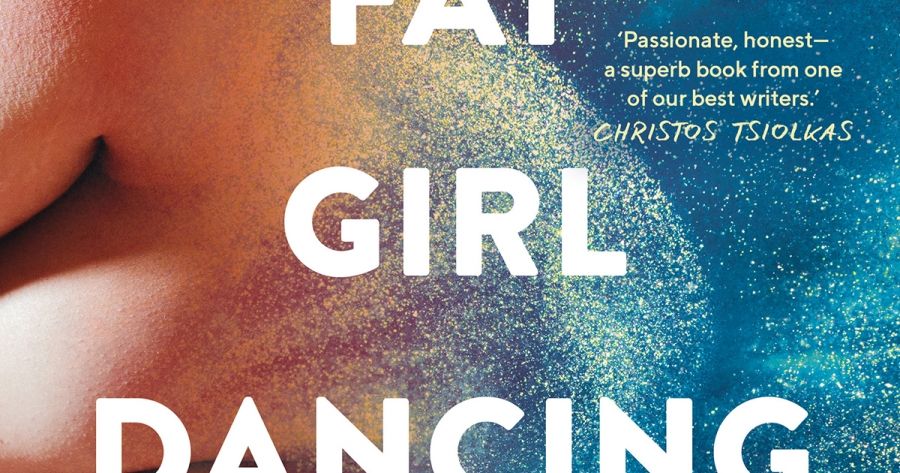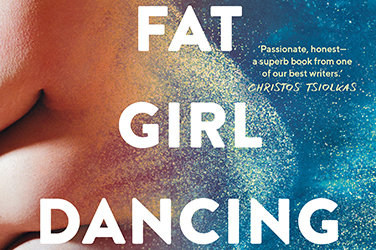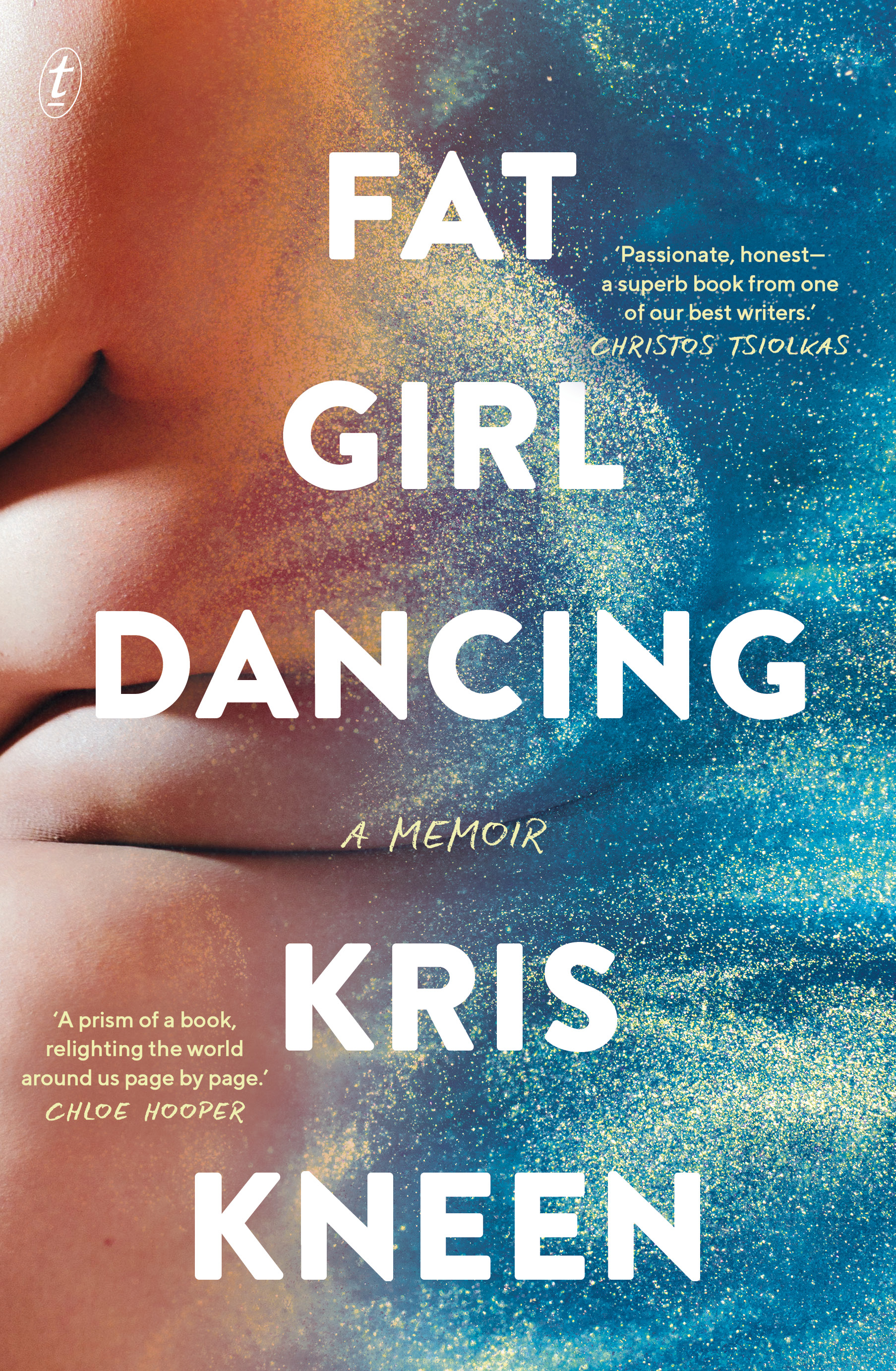
- Free Article: No
- Contents Category: Memoir
- Review Article: Yes
- Article Title: 'Inside my own flesh'
- Article Subtitle: The everyday horrors of identity
- Online Only: No
- Custom Highlight Text:
In previous memoirs, Brisbane-based writer Kris Kneen has examined their life through the lens of their sexuality (Affection, 2009) and their family history (The Three Burials of Lotty Kneen, 2021). In Fat Girl Dancing, Kneen’s lens is their body, specifically the body of a ‘short, fat, ageing woman’.
- Featured Image (400px * 250px):

- Alt Tag (Featured Image): Diane Stubbings reviews 'Fat Girl Dancing' by Kris Kneen
- Book 1 Title: Fat Girl Dancing
- Book 1 Biblio: Text Publishing, $34.99 pb, 337 pp
- Book 1 Cover Small (400 x 600):

- Book 1 Cover (800 x 1200):

The result is a composite portrait of Kneen’s body, both as it is and as they perceive it. This word-portrait is complemented by the striking life-size studies Kneen paints and the enigmatic black-and-white photographs of Kneen’s flesh that, reproduced here, underpin the sense of Kneen’s body as not merely something that ‘looms, huge in my imagination’, but as a landscape hewn and shaped by Kneen’s personal history.
The quotidian reality of obesity is vividly represented. Kneen writes of moving through the world, trying to take up ‘the smallest space’ possible, of the painful chafing of their legs as they walk, of their difficulty undertaking basic tasks such as lacing up shoes or negotiating the fastenings on clothes. Their story of trying on wetsuits – marooned in the change-room with a wetsuit wedged halfway up their body – is told with self-deprecating humour. But there is always the reminder that behind the laughter – the fat person chortling along at jokes told at their expense – there are almost always tears: ‘Later, at home, I cried. I realise that that pretty much sums up most things in my life. Later, at home, I cry.’
Constant dieting leads inevitably to the accumulation of even more weight. Strangers judge the food Kneen buys and are happy to remind them that ‘morbidly obese’ people are earmarked for an early death. And there is the collateral depression: ‘It feels like I am pulling myself against an anchor, moving around and around in circles, catching a glimpse of my reflection and blaming my body yet again for all the petty problems that seem to derail me.’
Kneen is aware that ‘our interaction with the work of art [and with the concept of beauty] is never pure, always contextual’. Nevertheless, they seem reluctant to revisit their survey of cultural and scientific discourse about fatness and body image, and to position their own experience within that contextual framework.
In maintaining a resolute gaze on Kneen’s own flesh, Fat Girl Dancing is frequently repetitive, even solipsistic. Moreover, fundamental questions remain unanswered, emergent patterns go unrecognised, and the multiple ghosts that lurk in the background of Kneen’s self-portrait go unacknowledged. To what extent, for example, is their battle with weight a result of the control their family wielded over them? Does their fatness emanate from the same unconscious effort to hide their true self that induced their near-starvation diet when they were a teenager? And, critically, do the tendrils implicitly linking Kneen’s obesity, their menopause, and their doubts about their gender – ‘I have always felt that to be a “woman” is just an act I am performing’ – not warrant a more purposeful analysis?
Similarly perplexing is the lack of dialogue between Fat Girl Dancing and Kneen’s two earlier memoirs, a conspicuous absence given that both Fat Girl Dancing and Affection concern themselves with Kneen’s body, their desire, and their need to be both literally and figuratively embraced. Not only is there no contemplation of the recurrent parallels between the books, no attention is paid to the ways in which the particular perspective Kneen has adopted in each book has shaped their memories and, thereby, their narratives.
For example, Kneen’s time posing as a life model for art students is recorded in both Affection and Fat Girl Dancing. In one version of the story, a complaint about fat models by one of the students is recalled by Kneen with a note of defiance, in the other with a note of despair. In neglecting to admit the degree to which memory is coloured by the nature of the narrative being constructed, and interrogating what that means for the portrait being assembled, Fat Girl Dancing falters.
In a chapter adapted from their 2021 Calibre Essay Prize-shortlisted essay ‘Dugongesque’ (ABR, July 2021), Kneen recalls swimming with a dugong and ‘feeling, for the first time, exactly the right size and shape’. In a class at a burlesque dance studio, Kneen again feels this sense of belonging: ‘dressed in my boudoir gear I have become the sexual apex predator that I lost track of all those years ago’. Thus, in the ‘shimmy of my copious flesh’, in their rediscovery of the splendour of their own body, Kneen fashions their happy ending, a happy ending in which most readers will want to believe. However, woven through Fat Girl Dancing is the suggestion that, like dieting, most efforts ‘to climb up and out of the shame’ we feel about our bodies bring an exhilaration that is often only ephemeral. Beyond any immediate frisson, there lies the risk of confronting an even more profound sense of the ‘everyday horror’ engendered by our uncertainty as to who we are and where we belong.
Not all happy endings, it seems, are guaranteed to last.


Comments powered by CComment